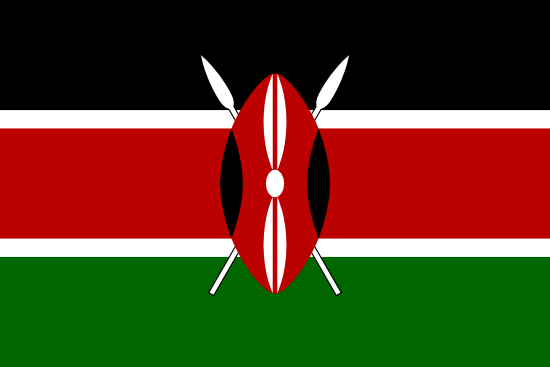15.2. At least 15 per cent of degraded ecosystems are restored, contributing to climate change mitigation and adaptation, and to combating desertification
Related Content
| Content type | Title |
|---|---|
| Web page | United Nation-About Climate Change |
| Document | Climate Change (Carbon Markets) Regulations, 2024. |
| Document | National Climate Change Action Plan (Kenya) 2018-2022 |
| Event | Africa Climate Summit |
| National Target | Target 08: Reduce emissions through NbS and EbA for community resilience |
| News | GEF-7 Dryland Sustainable Landscapes Impact Programme (DSL-IP) |
